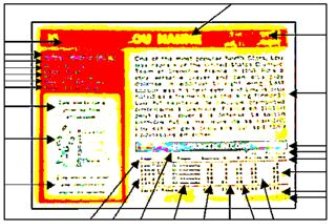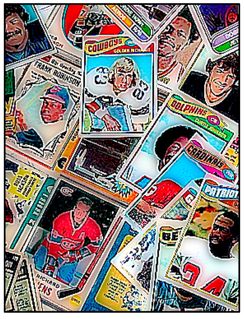|
Sports Card Language Arts Tips!
Sports card language activities can begin at very basic levels. Some of the language skills students can practice, for example, include simple card arrangements:
* by abbreviation * by vocabulary item. Bilingual information is often available on these cards – English, French, Spanish, Italian. The right set of cards lets you make many linguistic points about word origins. 
The backs of these cards are perfect introductions or unit inclusions in any study of abbreviations. The size limitation of the card is an illustration of the exact reason abbreviations exist – to use space more efficiently.
Some students' interests in trading cards are directly related to their fondness for a particular player. Standing in line for an autograph is never so pleasing as receiving a letter or signed photo from the object of attraction. Occasionally, surprisingly with boys, you can sense this might be a good time to have each student Craft an endorsement script for a 30-second advertising spot. 
Every sports card subject has its set of idioms and primacy of terms layered on top of a common English language. When you work through sports card language, you present both your students and yourself an opportunity to look at basic skills and how these are applied. For example, Puzzles, cartoons, and riddles are fun to build from the rich material offered by sports cards. Either in groups, for junior and intermediate grades, or individually, for senior grades, encourage students' play with sports card language.
* Riddles like "what is a left-handed player called?" or "when is an Oriole a Jay?" or "what did the baseball say to the mitt?" require not just knowledge but a little deftness in language play for both riddler and riddlee.
|

